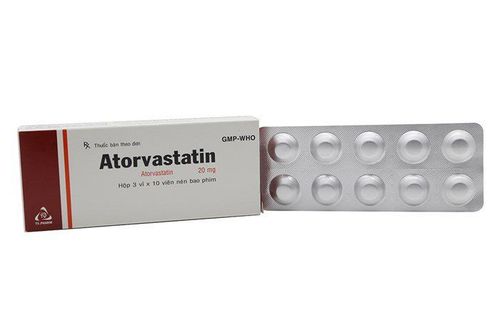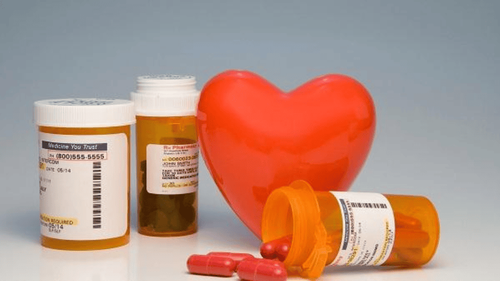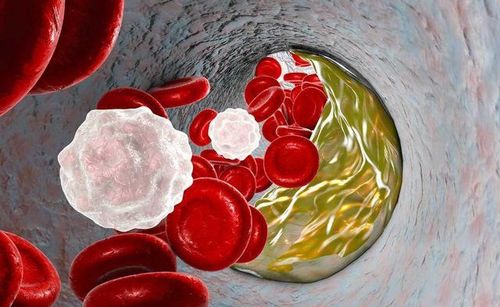This is an automatically translated article.
The article is expertly consulted by MSc Cao Thanh Tam, Cardiologist, Vinmec Central Park International General Hospital.According to the recommendations of the World Health Organization and the global cardiovascular associations, tobacco smoke is one of the leading cardiovascular risk factors causing many cardiovascular diseases, including coronary heart disease. Coronary artery disease accounts for the majority of cardiovascular diseases and tends to increase sharply in Vietnam. The necessary understanding of the pathogenesis of coronary heart disease will help prevent disease, detect disease early and treat more effectively.
1. Coronary heart disease is the leading cause of death from smoking
Cardiac muscle cells as well as other functional cells in the body need an adequate supply of oxygen from the blood to function. Blood is transported to the heart muscle through the coronary arteries. The branches of the coronary artery arise from the aorta and divide into two large branches, the right coronary artery and the left coronary artery. The major coronary arteries divide into many smaller branches to nourish each region of the myocardium.Coronary artery disease occurs when one or more branches of the coronary arteries are narrowed or blocked due to various causes (mainly due to coronary atherosclerotic plaque) leading to the coronary arteries not being able to meet the oxygen demand of the cells. cardiac muscle cells. Normally, when a coronary artery is narrowed from 50% of its lumen diameter, symptoms of the disease will begin to appear.
Angina is the most basic and important manifestation of coronary artery disease. Patients with angina feel like the heart is being squeezed, constricted, squeezing, or sometimes just feel something uncomfortable in the chest. The most common site of pain is behind the breastbone, in the middle of the chest, or in the heart area. The pain may manifest locally or radiate to the neck, jaw, shoulder, and left arm, rarely radiating to the back or spine. The duration of the pain is usually very short, only about 10 - 30 seconds or if it is long, a few minutes. However, if the pain persists for more than 15 minutes, it is likely that the patient has had a heart attack.
Smoking is one of the risk factors for coronary heart disease. However, people exposed to secondhand smoke or smoking have an increased risk of coronary heart disease by 20-30%. For active smokers, the risk of coronary heart disease is 2-4 times higher and the mortality rate from coronary heart disease increases by about 70%.
The main cause of coronary heart disease is atherosclerosis. Certain factors such as high blood pressure, toxic chemicals (such as nicotine in cigarette smoke) and high blood fats damage blood vessels, facilitating the formation of atherosclerotic plaques. In addition, people with a habit of smoking are also at high risk of developing high blood pressure and dyslipidemia. When combined with many risk factors, smoking causes huge effects on the cardiovascular system, not to mention extremely bad effects on the lungs and respiratory system.
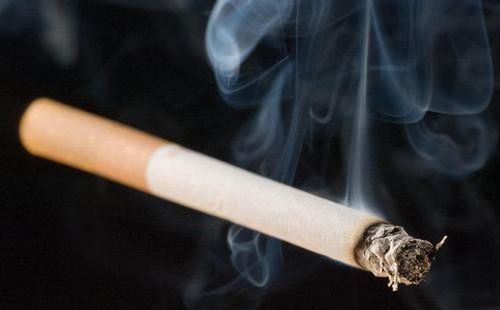
Bệnh mạch vành là nguyên nhân tử vong hàng đầu do hút thuốc lá
2. Smoking causes angina and myocardial infarction
Smoking regularly will cause severe damage to blood vessels. Smokers are more likely to have both angina and heart attacks than non-smokers. In addition, in smokers, the age of onset of myocardial infarction will come earlier, the risk of recurrence of coronary heart disease complications in a year is also 2 times higher than that of non-smokers.Compared with people who never smoked, people who smoke regularly have a 20 times higher risk of coronary artery spasm. Moreover, the time of patients having coronary spasm is also longer and symptoms are more likely to appear than non-smokers. Coronary vasospasm can even occur after a patient smokes only one cigarette.
3. Smoking causes arrhythmia and sudden death
Cigarette smoke increases the secretion of catecholamines, a natural substance in the body that has an effect similar to adrenaline, with excessive concentrations causing cardiac arrhythmias, even ventricular extrasystoles and ventricular fibrillation, leading to sudden death if not treated promptly.4. Smoking causes aortic aneurysm and cardiomyopathy
Smokers have an increased risk of developing atherosclerotic plaques in the aorta, which obstruct the way blood supply from the heart travels to other parts of the body. The aorta narrows due to plaque, forming bulges, and the walls of the vessels become weak, leading to the aorta that can rupture, which can be life-threatening. Smokers are eight times more likely to develop aortic aneurysms than non-smokers.Smoking habits also affect the heart muscle, most commonly heart failure, making the body tired, exhausted, breathing short and fast.
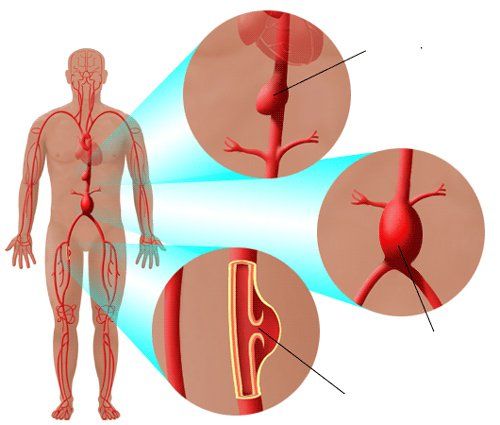
Những người hút thuốc lá có nguy cơ cao hình thành các mảng xơ vữa động mạch ở động mạch chủ
5. Get a coronary screening if you smoked
Although only smoking in small quantities, smoking only 1 cigarette after each meal significantly increased the risk of cardiovascular disease and the likelihood of dying from coronary heart disease. Therefore, in order to best protect their health, people who have smoked should carry out coronary screening to promptly detect and treat dangerous cardiovascular-related complications early.Currently, Vinmec Central Park International General Hospital has deployed the Coronary Disease Screening Package for patients with a habit of smoking. In addition, patients with hypertension, diabetes, dyslipidemia, smoking, obesity, or a family member with coronary artery disease should also be examined and screened for coronary artery disease. In particular, elderly patients should be screened for early prevention of cardiovascular diseases due to age factors.
Cardiovascular Center is one of the leading centers of Vinmec Central Park International General Hospital. The expert team of the cardiovascular center includes experienced professors, doctors, specialists, and masters who are famous in the field of medical and surgical treatment, interventional cardiac catheterization and the application of Advanced technology in the diagnosis and treatment of cardiovascular diseases.
In particular, the Cardiovascular Center of Vinmec Central Park General Hospital is the first unit in the country and one of the few hospitals in the world equipped with the most modern hybrid operating room today, a combination of excellent between the high accuracy of an interventional cardiac catheterization room (Catheterization Lab) and a modern cardiovascular operating room (Operation Room).
Customers can go directly to Vinmec Central Park to visit or contact hotline 0283 6221 166, 0283 6221 188 for support.





